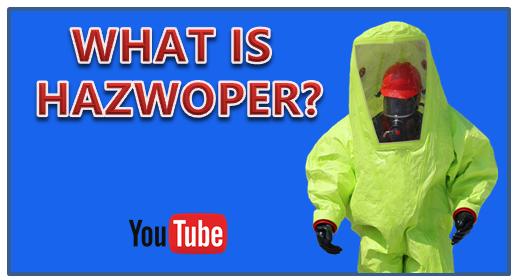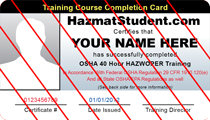| At Face Value | Face and Eye Protection |
Protecting your face and eyes at work are vitally important, as thousands of workers are blinded each year from work-related injuries. Through proper selection and use of face and eye personal protective equipment (PPE), you can avoid becoming one of those statistics. In order to choose the proper eye protection PPE, start with an assessment of the possible workplace safety hazards that could occur during day-to-day work and also in emergency situations.
Impact hazards are often caused by flying or falling objects. The objects are usually quite small, such as sand, fragments or particles, but they can still cause serious injuries. Common tasks that may result in impact injuries include: masonry work; wood work; machining; grinding; chiseling; sanding; riveting; powered fastening; chipping; sawing; and drilling. When impact hazards are present, protective equipment such as safety spectacles, safety goggles and face shields must be considered.

Heat hazards are often caused by extreme heat, molten metal splashes, or hot sparks. These injuries can occur on-the-job when workers are performing activities such as welding; casting; pouring; hot dipping; and furnace operations. Heat hazards can be mitigated through protective equipment, such as safety spectacles, safety goggles and face shields. The source of heat, heat intensity, and splash types must be considered to ensure the proper lenses, side shields, and equipment combinations are used.
Chemical hazards are often caused by fumes, vapors, splashes and irritating mists. Common tasks related to this type of injury are degreasing; plating; acid and chemical handling; and working with blood. Serious and irreversible damage can occur when chemicals contact the eye. Those who work near or around chemicals need to be very familiar with emergency eyewash stations so they can find and use them in the event their vision is impaired through an injury. Safety goggles and face shields are often used as protective equipment when chemical hazards are present.
Dust hazards can occur when workers are exposed to dusty conditions, such as during woodwork or buffing. Eyecup or cover-type safety goggles should be worn when dust is present, creating a protective seal around the eyes.
Optical radiation hazards are caused by intense light, glare, or radiant energy. This hazard may be present when welding; soldering; torch-cutting; brazing; or during laser work. It’s important that workers be protected to the highest hazard level. Lenses must be carefully chosen to meet OSHA requirements. Appropriate welding, laser, and/or glare protection must also be used when appropriate, which may include special-purpose spectacles, laser safety goggles, filter lenses, headgear and more.
There are a variety of options within personal protective equipment for the eyes and face. It’s important that the specific lens, frame, ventilation options, and side shields on safety goggles or spectacles be evaluated to ensure the most effective protection is used. Face shields also have several options, and are considered secondary protectors to be used in addition to safety spectacles or goggles.
For additional information on workplace safety, OSHA provides an Eye and Face Protection eTool which aids in the selection of eye and face protective equipment.



